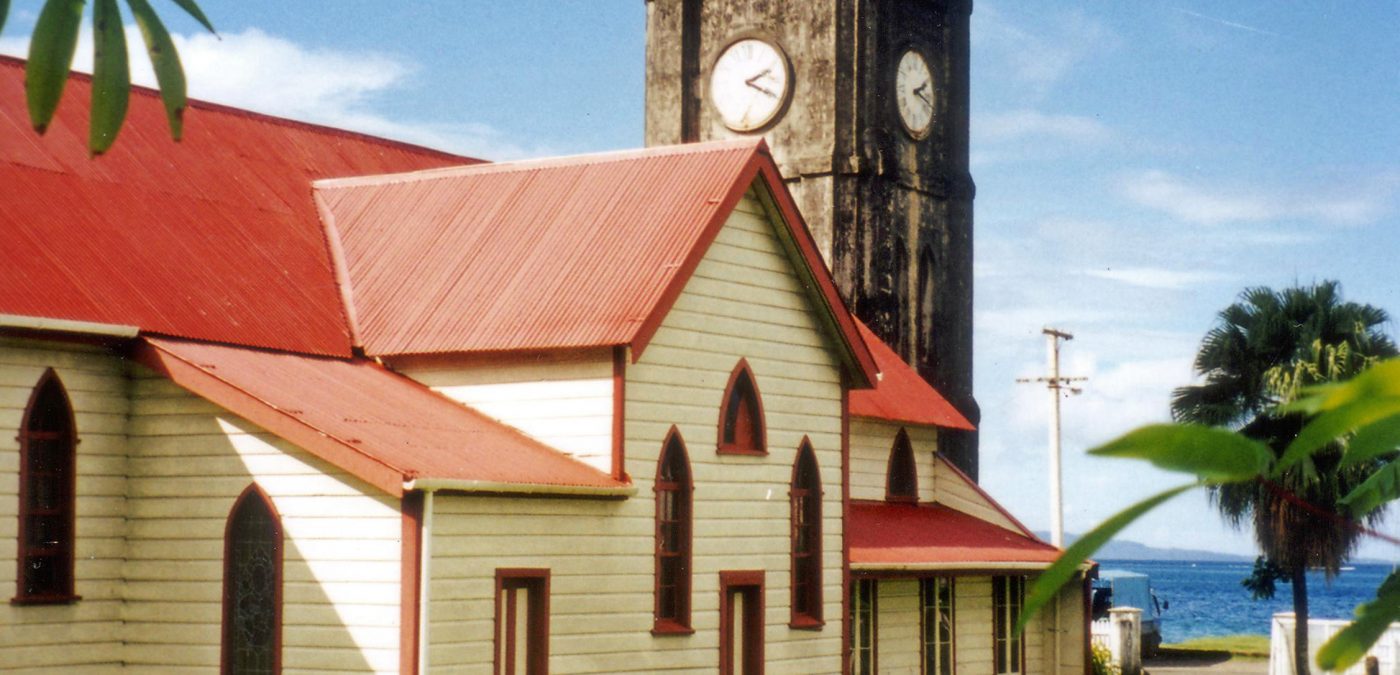2 July 2013
New member cities for the OWHC (2013)

The 37th Session of the World Heritage Committee ended on June 27, 2013, after 10 days of debates and conferences in the cities of Phnom Penh and Siem Reap in Cambodia.
During this session, 19 new sites were inscribed on UNESCO’s World Heritage List: 14 cultural sites, 5 natural sites, and 3 extensions of sites that were already inscribed.
The Organization of World Heritage Cities is therefore proud to count among its members five (5) new cities, thus bringing to 255 the number of member cities.
“As the representatives of the Organization of World Heritage Cities, we are extremely pleased to greet the cities of Agadez (Niger), Amber (India), Coimbra (Portugal), Kaesong (North Korea), and Levuka (Fiji). This year represents not only the opportunity for us to join four new countries, but also to enrich and strengthen the positioning of the OWHC owing to new cultural and scientific knowledge. To our new members, we say Welcome in our prestigious group!” declared jointly Mr. Harry N.G. Brinkman, president of the OWHC and mayor of Beemster, in the Netherlands, and Mr. Denis Ricard, Secretary General of the OWHC.
The city of Agadez in Niger known as the “Gateway to the Desert” is located on the southern edge of the Sahara Desert and was founded in the 15th and 16th centuries for the Tuareg populations that travelled in caravans. It is remarkable for its architecture in mud brick, which in particular made it possible to built a 27m high minaret, the highest such structure built with this material. Agadez was inscribed under criteria II and III.
The Amber Fort in India is located in Rajasthan and is part of a group of 8 hill forts, witnesses of the power of the Rajput Princely States that reigned on the region from the 8th to the 19th century. These forts were real cities with temples, palaces, dwellings, stores, etc., and a court culture developed during the centuries of occupation. Now abandoned, these forts had been built by following the natural defensive properties of the landscape. Criteria II and III are invoked for the inscription of this ensemble.
The university city of Coimbra in Portugal is one of the largest Portuguese universities in the world. Its older building having been built in the 12th century, this city is a perfect example of the creation of a city around a center of thought and culture. Its original urban fabric and its specific cultural ceremonies and traditions have earned it an inscription under criteria II, IV, and VI.
As for the city of Kaesong in North Korea, 12 of its property were inscribed on the World Heritage List. Representing the Koryo dynasty (918-1392), they bear witness of the transition of the Buddhist principles to the Confucian principles in the governance of this ancient capital as well as the assimilation of the various States that made up the region at that time before their unification under the Koryo reign. Its inscription is attributable to criteria II and III.
The port city of Levuka and first colonial capital of the Fiji Islands is an example of a British colonial city that has successfully integrated local construction traditions in the architecture of a western naval superpower. This particular development, which occurred in the 19th century, was made possible by the fact that the natives outnumbered the European settlers. Criteria II and IV justified its inscription.


